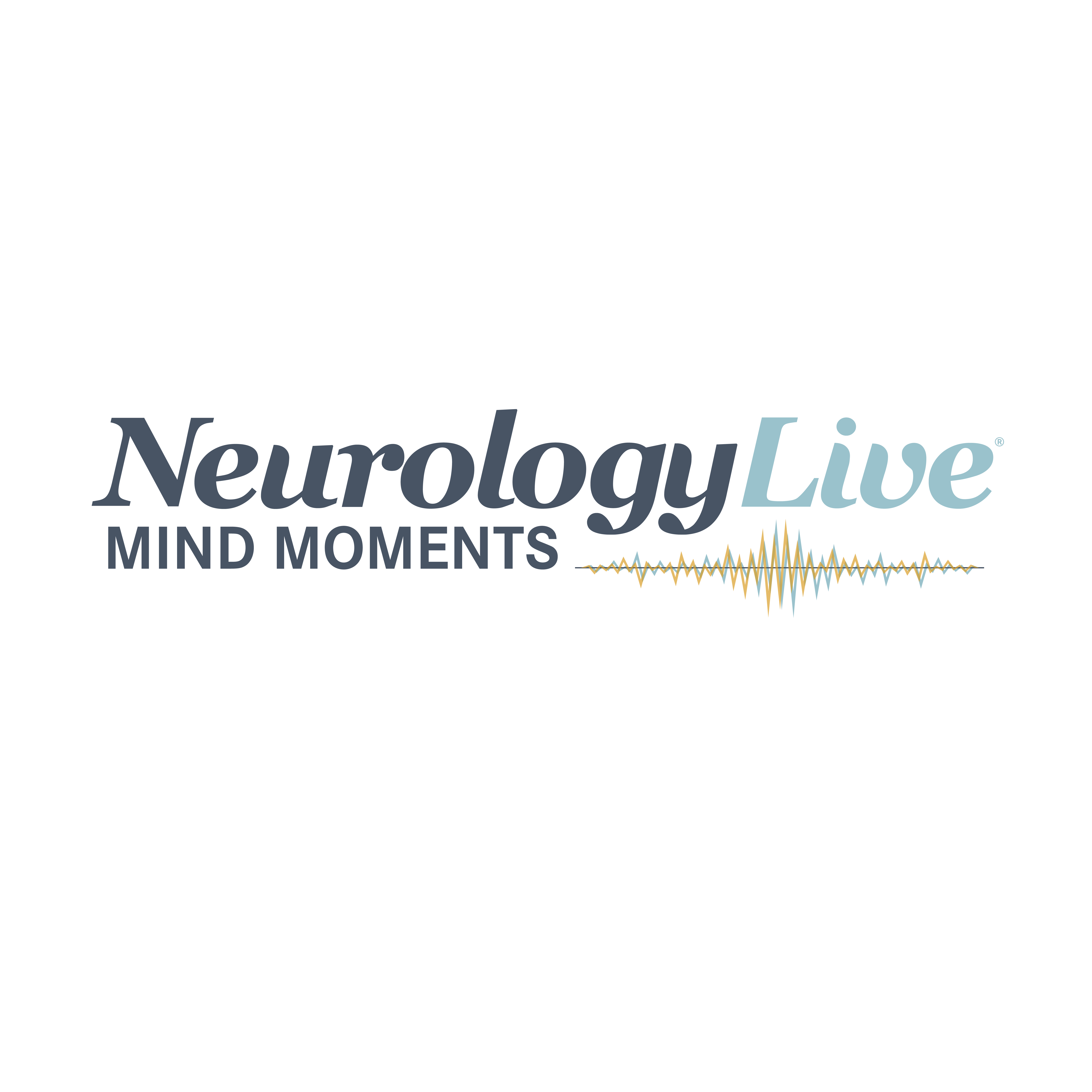News
Article
Behavioral Treatment for Insomnia Shows Short-Term Potential to Improve Trauma-Related Nightmares
Author(s):
More than half of the patients who reported at least 1 trauma-related nightmare showed decreases after starting brief behavioral treatment.
Rachel Ranney, PhD

Recently published findings from a study (NCT02571452) of military veterans with insomnia suggested that brief behavioral treatment for insomnia (BBTI) may help reduce trauma-related nightmares; however, the effects of this intervention were not maintained at 6-month follow-up.
Led by Rachel Ranney, PhD, postdoctoral fellow, University of California, San Francisco, the randomized controlled trial included 91 military veterans who were randomly assigned to either BBTI or progressive muscle relaxation therapy (PMRT), which has been previously used as an active control in insomnia trials. The cohort, which included veterans aged 18 to 75 years, was stratified based on age (≤50 years vs ≥50 years) and study therapist (3 therapists).
BBTI treatment included 2 in-person sessions and 2 telephone sessions, the first of which included psychoeducation about homeostatic and circadian mechanisms related to sleep, along with sleep guidelines derived from sleep restriction and stimulus control techniques. In the other arm, patients were given a manualized 4-session version of PMRT that was developed to match the BBTI treatment for session duration and type. This treatment was based on the guidebook for PMRT by Bernstein and colleagues.
Both treatments included 6 appointments: 1 baseline appointment, 4 treatment sessions, and 1 posttreatment appointment 6 months after intervention. Ranney et al used the post-traumatic stress disorder (PTSD) addendum from the Pittsburgh Sleep Quality Index (PSQI) to assess both trauma-related nightmare frequency and nontrauma-related bad dream frequency occurring in the previous month. The baseline appointment consisted of completing PSQI-PTSD Addendum and the Insomnia Severity Index (ISI), a 7-item self-report measure that has been validated with both sleep diary and polysomnography.
At baseline, 39% of the participants reported having trauma-related nightmares in the past month. In a model predicting posttreatment trauma-related nightmare frequency, the main effects of the treatment group (X2 = 6.53; P = .01) and baseline trauma-related nightmare frequency (X2 = 42.99; P <.001) were both significant. Of those who reported at least 1 trauma-related nightmare in the month prior to treatment, 52.38% of patients on BBTI showed decreases in the frequency of their trauma-related nightmares vs 15.38% of those on PMRT.
In the 6-month follow-up, using a generalized estimating equation, investigators found that nightmare frequency increased from posttreatment to follow-up in the BBTI group (X2 = 6.57; P = .01). Ranney et al concluded that BBTI may be helpful for individuals with trauma-related nightmares, but additional studies are needed using samples of individuals with a higher frequency of trauma-related nightmares and individuals with PTSD.
Using the same generalized estimating equation, baseline nontrauma-related bad dream frequency (X2 = 29.80; P <.001) predicted posttreatment nontrauma-related bad frequency, but treatment with intervention did not predict posttreatment nontrauma-related bad dream frequency (X2 = 0.90; P = .34).
A linear regression model was used to investigate whether baseline nontrauma-related bad dream frequency would moderate the effect of treatment on posttreatment ISI. The model, which included the main effects of baseline nontrauma-related bad dream frequency, treatment group, and baseline ISI, along with the interaction of baseline nontrauma-related bad dream frequency and treatment group, was significant (F = 15.12; P <.001). Specifically, treatment group (ß = –4.69; standard error [SE], 1.22; P <.001) and baseline ISI (ß = 0.57; SE, 0.14; P <.001) predicted posttreatment ISI. In contrast, baseline nontrauma-related bad dream frequency (ß = 1.47; SE, 0.77; P = .06) and the interaction of baseline nontrauma-related bad dream frequency and treatment (ß = 0.72; SE, 1.20; P = .55) did not predict posttreatment ISI.
"BBTI may serve several functions in the future—as a more accessible primary care or digital intervention, as an early intervention for the development of PTSD symptoms, as a bridge to PTSD treatment, and as an adjunct to treatment for comorbid PTSD and insomnia,” the study investigators concluded. "Research is needed to test the efficacy of BBTI in these novel contexts. More research is also needed to investigate potential mechanisms that explain how behavioral sleep interventions lead to change in trauma-related nightmares."
REFERENCE
1. Ranney RM, Gloria R, Metzler TJ, Huggins J, Neylan TC, Maguen S. Brief behavioral treatment for insomnia decreases trauma-related nightmare frequency in veterans. J Clin Sleep Med. 2022;18(7):1831-1839. doi:10.5664/jcsm.10002.
2 Commerce Drive
Cranbury, NJ 08512
All rights reserved.






